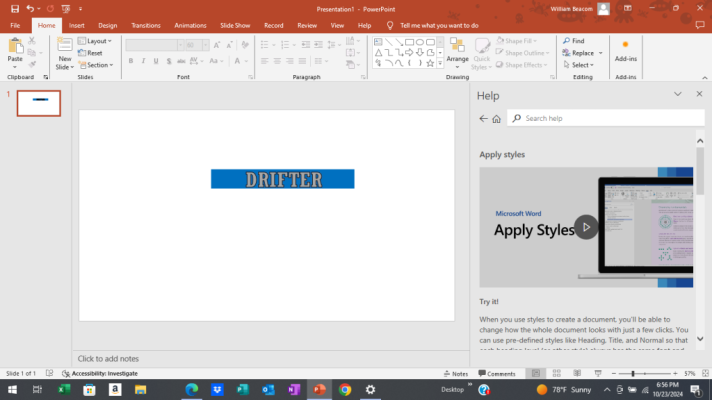Juliet 15
Senior Member
Anyone using a racor lookalike? They're all over the internet and being sold by heavy equipment parts companies.
I want to put dual 1000s on each engine, but wow, Racor is proud of their stuff. Prices are $1700 and up for one ($3400 for both).
Are they good quality? Has anyone had good experiences or bad experiences? Anyone owned a lookalike for a few years without problems?
I want to put dual 1000s on each engine, but wow, Racor is proud of their stuff. Prices are $1700 and up for one ($3400 for both).
Are they good quality? Has anyone had good experiences or bad experiences? Anyone owned a lookalike for a few years without problems?




